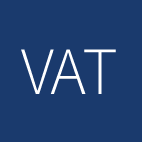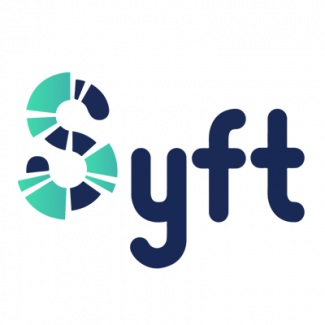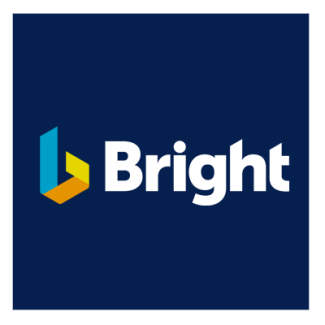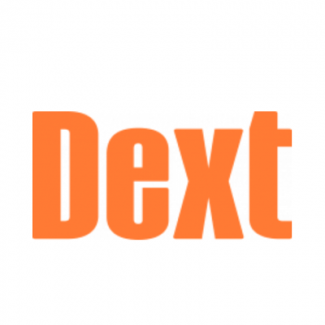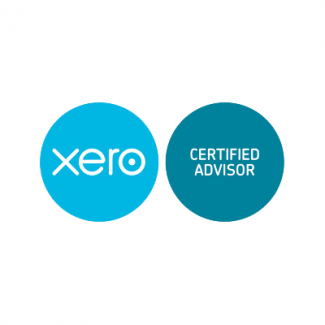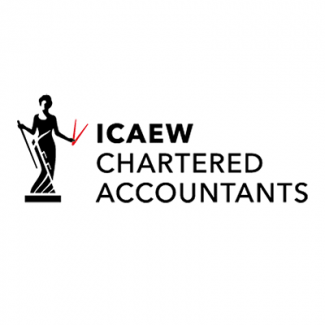Registration threshold
As previously announced, the VAT registration and deregistration thresholds
will remain frozen at £85,000/£83,000 until 5 April 2022.
International trade
There were some references to Brexit in the Budget, but few details on its
consequences for businesses trading internationally – those remain to be settled by
ongoing negotiations. The one important announcement is a change to ‘postponed
accounting’ of VAT on imports from 1 January 2021. VAT on imports – which will on
that date include goods arriving from the 27 EU Member States as well as the rest of
the world – will be accounted for on the importer’s next VAT return, rather than being
due either at the point of entry or through the duty deferment scheme. Import duties
will still be chargeable on entry.
This avoids the change from ‘acquisitions’ to ‘imports’ representing a significant cash
flow cost to businesses buying goods from the EU, because it applies the procedure
previously used for EU goods to everything. It will provide a significant cash flow
benefit to businesses buying goods from the rest of the world, because they currently
have to pay the VAT and claim it back later.
Domestic Reverse Charge
In a ‘missing trader fraud’, a supplier collects VAT from a customer (who claims
it back from HMRC) but disappears without paying it to the authorities. To reduce
the risk of this, a ‘reverse charge’ makes the customer liable to pay the VAT due on
purchases. If a supplier cannot charge VAT, a fraudulent one cannot steal it. ‘Domestic
reverse charges’ (DRC) already exist in relation to substantial transactions in mobile
phones and some other types of supply.
To counter missing trader fraud in the construction industry, HMRC planned to
introduce a DRC on 1 October 2019 for supplies of ‘construction services’. In the
middle of arguments about Brexit, there was a risk that the construction industry
could not cope with such a radical change, so the Government decided to defer it for
a year. It has been confirmed that it will be brought in on 1 October 2020. The rules
and guidance available last year were criticised for lack of clarity and the likelihood
that many of those affected would not be ready to comply. Anyone who buys or sells
construction services should consider as a matter of urgency how they will
be affected.
Sanitary products
Following a long-running public campaign, the Chancellor announced that VAT on
women’s sanitary products (charged to 5% VAT since 2001) will be abolished from
1 January 2021.
Digital publications
The Chancellor announced an extension of zero-rating to the digital versions of
books, newspapers, magazines and academic journals, in line with their physical
counterparts, with effect from 1 December 2020. In a recent tax case the Upper Tax
Tribunal held that digital newspapers should be zero-rated under present law, but
HMRC has appealed the judgment. Other businesses have put in claims for back tax
on the strength of the decision. That case will not be affected by the change in the
Budget, which will only apply going forward.
Call-off stock
Although the UK has now left the EU, in the transitional period we are still supposed to
apply EU VAT law – and also to benefit from it when dealing with other countries. The
Budget includes a simplification in relation to ‘call-off stock’ – stock that is physically
held in another country to be available at short notice for a particular customer. If a UK
trader holds its own stock in another country, it is normally necessary to register for
VAT there; however, Member States are allowed to ignore call-off stock holdings for
registration purposes in certain circumstances. The EU revised the rule in 2018 to take
effect in January 2020; because the UK was, contrary to expectations, still a Member
State at that time, we are enacting it.
It will continue to apply to foreign businesses holding call-off stock in the UK, and
UK businesses holding call-off stock in the EU, at least until December 2020. The
situation after that will depend on whatever deal is negotiated, but it is likely that UK
businesses will not then enjoy any simplifications, and will have to register for VAT
and appoint a fiscal representative if they hold stock in an EU country.
